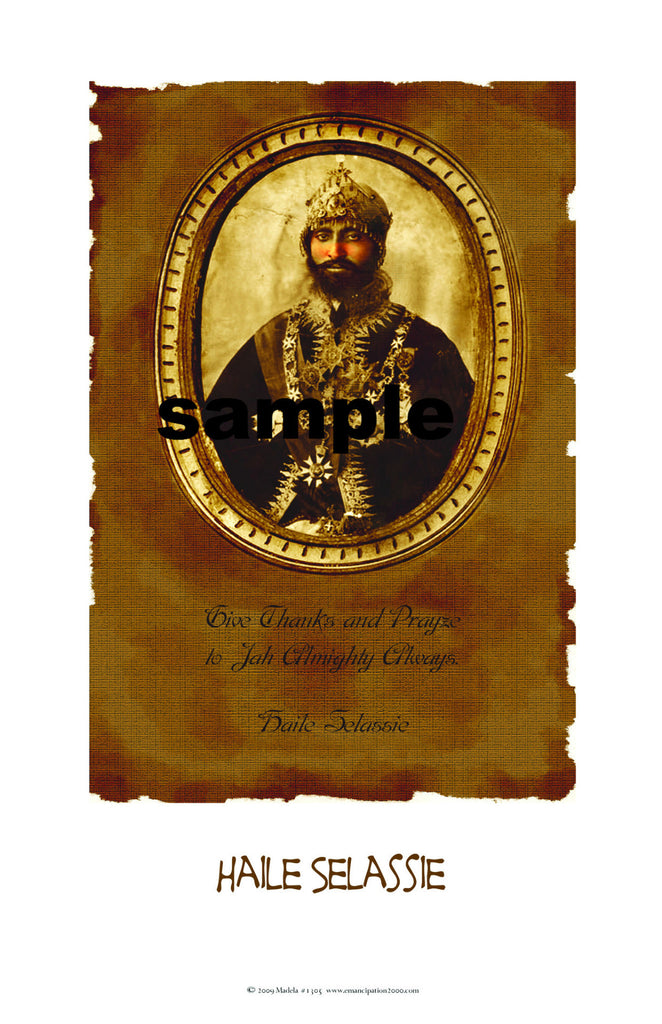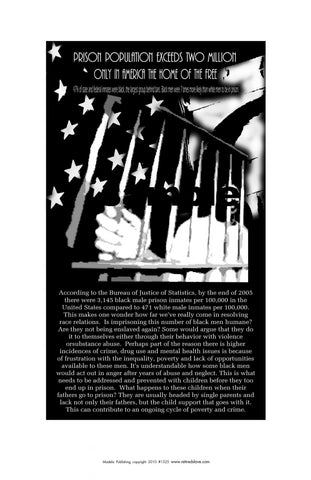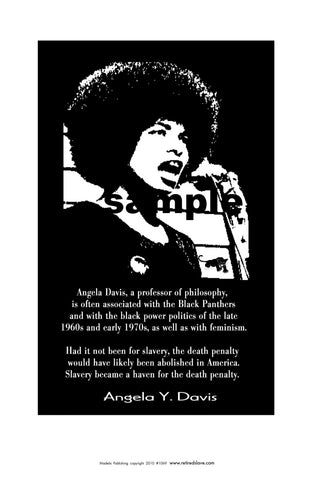Haile Selassie # 1305
$ 10.00
Caption from poster__
" Give thanks and Prayzc
to Jah Almighty Always."
Haile Selassie
Nowadays Haile Selassie I is best known as God incarnate among followers of the Rastafari movement, which emerged in Jamaica during the 1930s under the influence of Marcus Garvey's "Back to Africa" movement, and as the Black Messiah who will lead the peoples of Africa and the African diaspora to freedom. He has been greatly popularised through reggae music and also the distinctive dreadlocks of the Rastafari along with their worship of him using cannabis as a sacred herb which both brings them closer to him and also means they suffer from religious persecution. His official titles, Conquering Lion of the Tribe of Judah, King of Kings and Elect of God, and his traditional lineage from Solomon and Sheba, are seen to be confirmation of the titles of the returned Messiah in the prophetic Book of Revelation in the New Testament: King of Kings, Lord of Lords, Conquering Lion of the Tribe of Judah and Root of David. The faith in the incarnate divinity of Emperor Haile Selassie I began after news reports of his coronation reached Jamaica, particularly via the two Time magazine articles about the coronation the week before and the week after the event. He is considered to be the King and God before whom no other shall stand. Selassie's own spiritual teachings permeate the philosophy of the movement. When Haile Selassie I visited Jamaica on April 21, 1966, somewhere between one and two hundred thousand Rastafari from all over Jamaica descended on Norman Manley International Airport in Kingston, having heard that the man whom they considered to be God was coming to visit them. Cannabis was widely and openly smoked. When Haile Selassie I arrived at the airport he refused to get off the aeroplane for an hour until Mortimer Planner, a well known Rasta, persuaded him that it was safe to do so. From then on the visit was a success. Rita Marley, Bob Marley's wife, converted to the Rastafarian faith after seeing Haile Selassie I. She claimed, in interviews, that she saw scars on the palms of Selassie's hands (as he waved to the crowd) that resembled the envisioned markings on Christ's hands from being nailed to the cross- a claim that was never supported by other sources, but nonetheless, a claim that was used as evidence for her and other Rastafarians to suggest that Selassie I was indeed their Messiah. [edit] Haile Selassie I's attitude to the Rastafarians Haile Selassie I had no role in organising or promoting the Rastafari movement which for many Rastas is seen as proof of his divinity in that he was no false prophet claiming to be God in order to enjoy the benefits of being a cult leader. He was a devout member of the Ethiopian Orthodox Church, as demanded by his political role in Ethiopia, and it was to his role as Emperor of Ethiopia that he devoted his life. His publicly known views towards the Rastafarians varied from sympathy to polite interest. Yet in his speeches and writings there is substantial material about the spiritual life, and he often addressed his audience in the tone of a spiritual teacher. For instance, he wrote "Knowing that material and spiritual progress are essential to man, we must work ceaselessly for the attainment of both...No one should question the faith of others, for no human can judge the ways of God". During the Emperor's visit to Jamaica, he told Rastafari community leaders that they should not emigrate to Ethiopia until they had liberated the people of Jamaica. On another occasion Selassie said "We have been a child, a boy, a youth, an adult, and finally an old man. Like everyone else. Our Lord the Creator made us like everyone else," (in an interview with Oriana Fallaci, Chicago Tribune, June 24, 1973) and the Rastafarians do see Selassie as man or flesh incarnate. On numerous occasions Selassie expressed his belief in his faith, stating that one is doomed apart from faith in Christ, who in the Tewahido faith is considered both man and God: "A rudderless ship is at the mercy of the waves and the wind, drifts wherever they take it and if there arises a whirlwind it is smashed against the rocks and becomes as if it has never existed. It is our firm belief that a soul without Christ is bound to meet with no better fate." (One Race, One Gospel, One Task, address to the World Evangelical Congress, Berlin, October 28, 1966). He also encouraged religious freedom and tolerance. "Since nobody can interfere in the realm of God we should tolerate and live side by side with those of other faiths… We wish to recall here the spirit of tolerance shown by Our Lord Jesus Christ when He gave forgiveness to all including those that crucified Him." (op. cit.). In order to help the Rastas and their aspirations of returning to Africa the Emperor donated a piece of land at Shashamane, 250 km south of Addis Ababa, for the use of Jamaican Rastafarians and there is a community there to this day.




